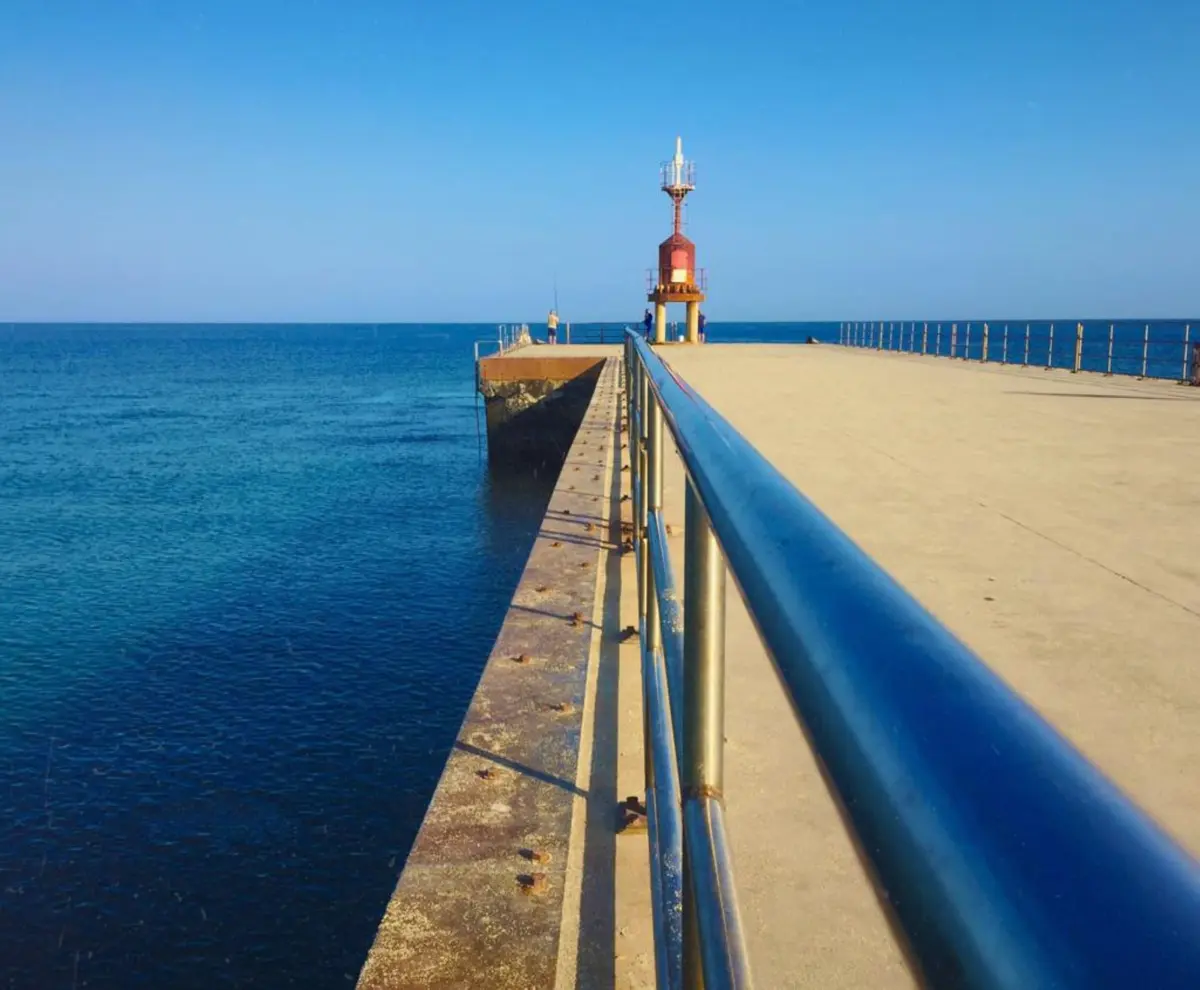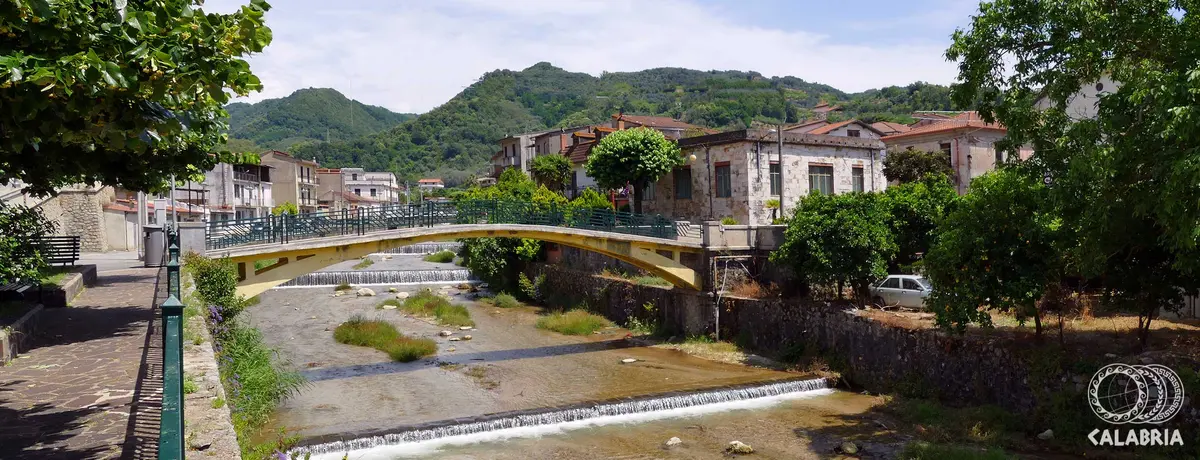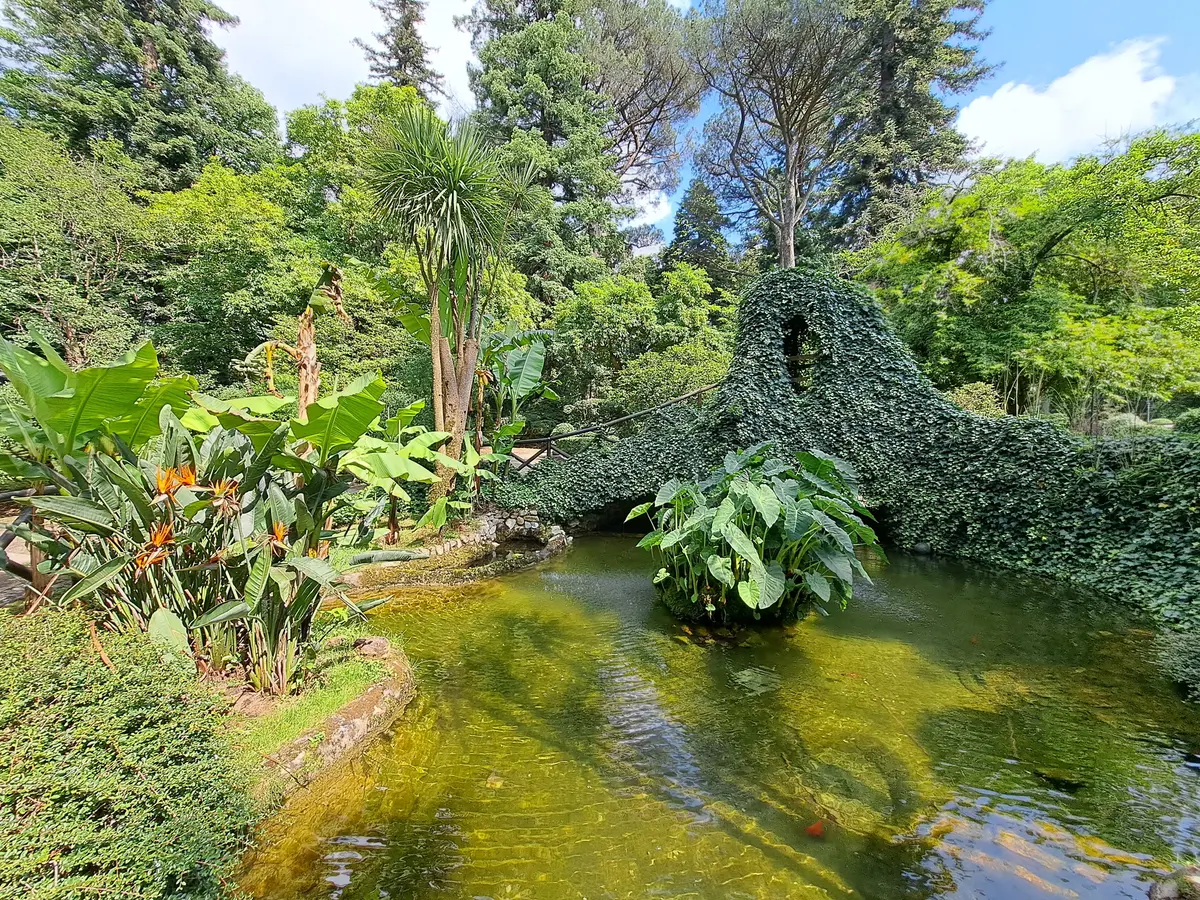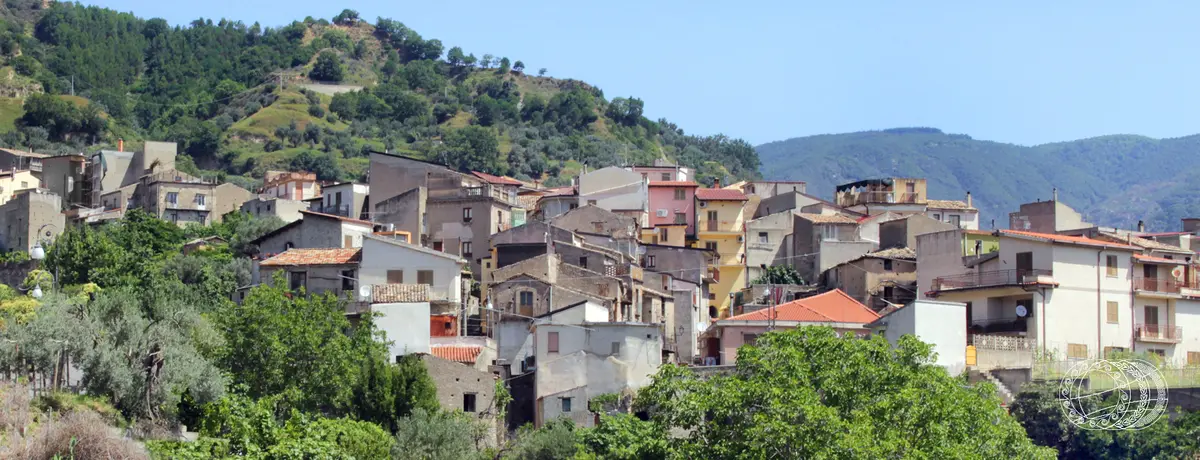San Giorgio Morgeto
San Giorgio Morgeto, a nativity scene in Aspromonte
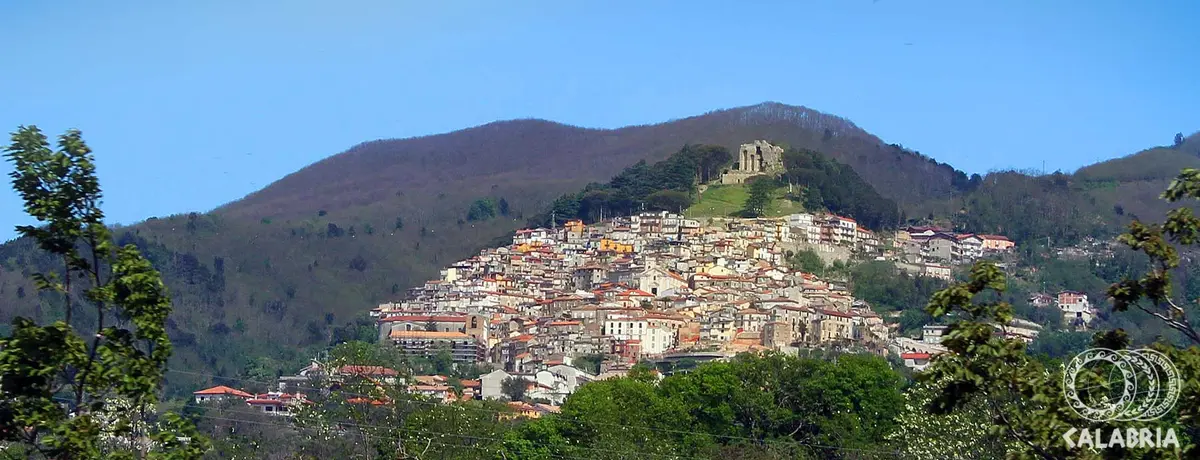
Mountain
San Giorgio Morgeto is one of 37 municipalities that are part of the Aspromonte National Park.
It is located on the south-east margins of the Gioia Tauro Plain, on the sides of the short and compact ridge which welds the Aspromonte mountains and hills, overlooking the Aeolian islands.
San Giorgio is arranged over flights of steps and rises on a hill where ruins of a castle can be found surrounded by a pine forest.
A town of medieval origins, San Giorgio is arranged over flights of steps and rises on a hill where the ruins of a castle can be found surrounded by a pine forest. The Castle, dating back to the early 1296 and whose origins are a hazy blend of history and legend, is a typical example of Norman-Swabian architecture and is currently undergoing restoration works. The historic town centre is on the hilltop rising behind the town and preserves intact the medieval village's charm, with monuments, buildings of considerable architectural interest and numerous churches. The town’s entrance is dominated by the ancient monastery of the Dominicans where Tommaso Campanella studied. During the Christmas period, the Live Crib, built by a group of artisans, is of considerable artistic and spiritual appeal. The town offers the possibility to savour genuine local products within an inspiring landscape setting.
Historical town centre
The main feature of the town of San Giorgio Morgeto is that of resembling a nativity scene. The importance attributed to the town during the centuries is documented by the many elegant buildings which still generate considerable interest. The history of San Giorgio Morgeto is characterised by the coexistence of powerful lordships who controlled from above their own lands downstream and in the mountains. A trait of these families was their strong religious beliefs evidenced by the numerous chapels built either inside or outside the building itself. Even today the small churches in honour of the Madonna della Pietà (Our Lady of Mercy), the Melia, Sant'Antonio (Saint Anthony), and many other destroyed due to bad weather and non-maintenance, show the strong devotion and religious beliefs of San Giorgio's Community. Another trait of the above mentioned stately buildings are the eighteenth-century ashlar portals, which imprinted by time, evidence the power of these Baronies.
The Beautiful Fountain
Unique in Calabria in terms of artistic and historical heritage, the fountain known as the “Bellissima” was commissioned in 1664 by Marquis Giovanni V of Milan. Built in granite, it is composed of a Renaissance-style base, two upper basins in the Baroque-style and at the top, a high relief of Venus in white marble, probably of Greek origins. The Monument is located in the centre of the town’s square.
Morgezio Castle
It was probably built during the pre-Norman age, around the IX-X centuries A.D., the sumptuous Castello Morgezio overlooks the entire Gioia Tauro plain and its splendour is visible from the entire surrounding area. According to the legend, it was the home of King Morgetes, a descendant of the Oenotrians. The Castle made it impossible to conquer the town's built-up area during Saracen invasions. Due to its location above a rock, its ruins can be visited throughout the year as a result of the care and attention devoted by the relevant authorities to the entire nature park surrounding it.
Dominican Convent
The centre of historical and socio-cultural interest of San Giorgio Morgeto was built around the Dominican Convent. Built in 1393 by the Basilian Fathers and which subsequently was transferred to the order of the Dominicans, during centuries the Convent became a highly important centre for studies and culture for Southern Italy as a whole. Its important was so great that theologians and philosophers, such as Tommaso Campanella, stayed there for long periods carrying out more in-depth studies. Rebuilt following the terrible earthquake of 1783 that upset the morphological structures of the entire Reggina Province, the convent was rebuilt by the Fathers who managed to recover a large part of artistic works such as the late-renaissance portal of earlier build.
The town of Sant'Eusebio
Sant'Eusebio is an ancient name; that of the 32nd pope following Saint Peter. A tormented papacy, characterised by the struggle against the Lapsi, Christians of the III century that following the persecution of Decius were apostates of Christian faith due to fearing being tortured. Various provisions not only religious but also legal, were dictated by the pope in a period during which the Church was also the civil authority; many bishops, priests and deacons were ordained. At present, only a few ruins remain of the glorious city of Sant'Eusebio despite being a site of interest archaeological from the early years of the Twentieth Century.
Useful information
What to know about San Giorgio Morgeto
Events
There are 1 events scheduled.
Infopoint San Giorgio Morgeto
Via Case Popolari, 25, San Giorgio Morgeto
No result
